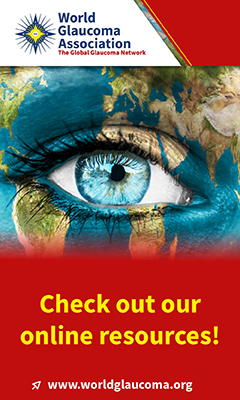
Top-Four from the Fifth Polish Glaucoma Symposium
April 20-22, 2006, Wroclaw, Poland
| Maria Hanna Nizankowska
The Fifth Polish Glaucoma Symposium was organized by the Glaucoma
Section of the Polish Ophthalmological Society, in collaboration
with the Department of Ophthalmology of the Wroclaw Medical
University.
- A new software-based compensation method, Enhanced Corneal
Compensation Algorithm (ECC) used on GDx-VCC instruments, which
significantly reduces atypical polarisation pattern and Motion
Detection Perimetry (Moorfields MDT), could be useful for early
detection of the anatomical and functional changes in glaucoma
neuropathy.
- Color Doppler Imaging suggests that decreased ocular perfusion is partly responsible for the retinal ganglion apoptosis seen
in POAG. The levels of perfusion pressure leading to optic nerve
hypoxia in the laboratory, correspond to the levels increasing the
risk of glaucomatous optic nerve atrophy in human glaucoma patients.
- The scleral flaps shape and suture placement have a role in
reduction of a number of thin-walled, avascular cystic blebs.
Morphological assessment of filtering blebs following trabeculectomy
using the HRT II Cornea Module and the Würzburg Bleb Classification
Score is a useful method in postoperative management
- Focus on individualized care for those patients with glaucoma with
crucial problems affecting their quality of life, such as risk of
non-compliance to glaucoma therapy, lack of IOP control due to poor
adherence.
Issue 8-2
Change Issue
advertisement

|



